Rising Labor Costs
Labor costs in the agricultural sector are on the rise, prompting farmers to seek more efficient solutions for crop management. The crop sprayer market is benefiting from this trend, as automated and semi-automated sprayers reduce the reliance on manual labor. By investing in advanced sprayer technologies, farmers can streamline their operations and reduce labor expenses. In the US, labor costs have increased by approximately 3% annually, making it imperative for farmers to adopt mechanized solutions. This shift not only enhances operational efficiency but also positions the crop sprayer market as a vital component in the quest for cost-effective farming practices.
Environmental Regulations
The crop sprayer market is influenced by stringent environmental regulations aimed at reducing chemical runoff and promoting sustainable agricultural practices. As regulatory bodies enforce stricter guidelines on pesticide application, farmers are compelled to adopt more efficient and environmentally friendly spraying technologies. This shift is leading to an increased demand for sprayers that minimize chemical usage while maintaining effectiveness. In the US, the Environmental Protection Agency (EPA) has implemented various measures to ensure responsible pesticide use, which is likely to drive innovation within the crop sprayer market. Consequently, manufacturers are focusing on developing sprayers that comply with these regulations, thereby enhancing their market competitiveness.
Growing Awareness of Crop Health
There is a growing awareness among farmers regarding the importance of crop health and its direct impact on yield. This awareness is driving the adoption of crop sprayers equipped with advanced monitoring and application technologies. The crop sprayer market is witnessing an increase in demand for sprayers that can deliver precise amounts of nutrients and pesticides, ensuring optimal crop health. In the US, the market for precision agriculture tools, including crop sprayers, is expected to reach $4 billion by 2026. This trend suggests that farmers are increasingly recognizing the value of investing in technologies that promote sustainable and healthy crop production.
Increased Agricultural Productivity
The crop sprayer market is experiencing a surge in demand due to the need for increased agricultural productivity. Farmers are increasingly adopting advanced spraying technologies to enhance crop yields and ensure efficient pest control. The integration of precision agriculture techniques allows for targeted application of pesticides and fertilizers, minimizing waste and maximizing effectiveness. In the US, the crop sprayer market is projected to grow at a CAGR of approximately 5.5% from 2025 to 2030, driven by the necessity for higher output in the face of rising food demand. This trend indicates that the crop sprayer market is becoming essential for modern farming practices, as it enables farmers to achieve optimal results while managing resources effectively.
Technological Integration in Agriculture
The integration of technology in agriculture is reshaping the crop sprayer market. Innovations such as drone technology and IoT-enabled sprayers are revolutionizing how farmers approach crop management. These advancements allow for real-time monitoring and data-driven decision-making, enhancing the efficiency of spraying operations. In the US, the adoption of smart agriculture technologies is projected to grow significantly, with the crop sprayer market playing a crucial role in this transformation. As farmers increasingly embrace these technologies, the crop sprayer market is likely to expand, driven by the demand for more precise and efficient agricultural practices.


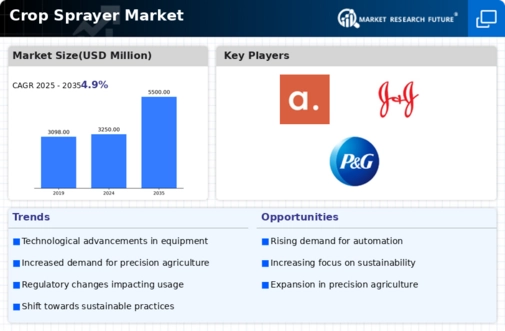
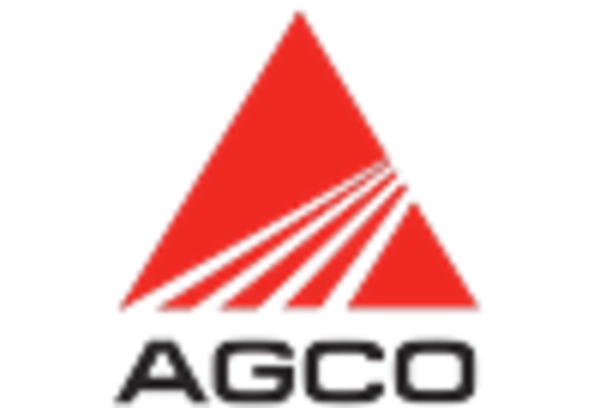
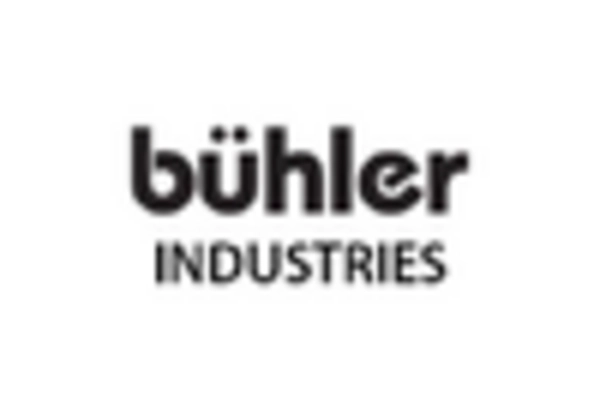

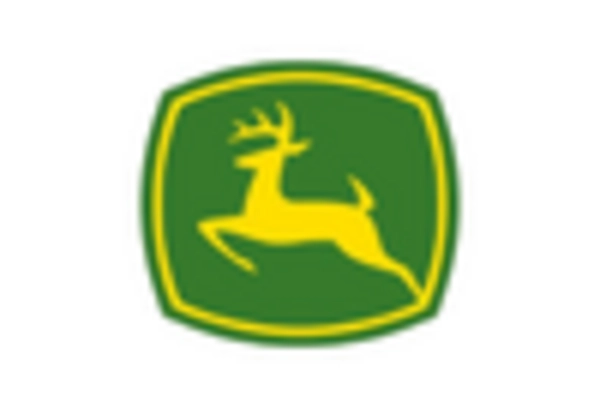
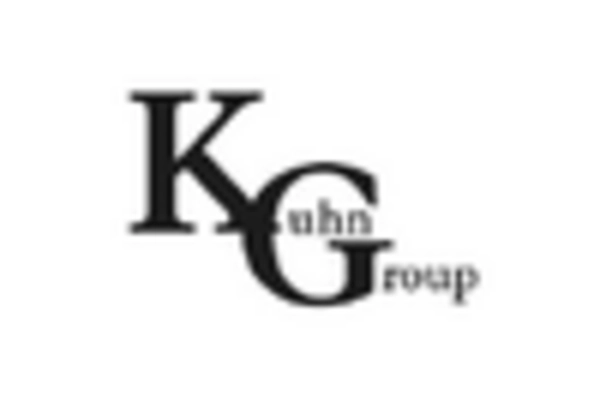
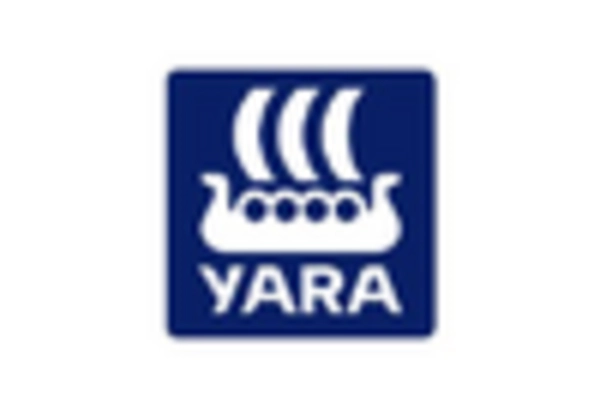








Leave a Comment